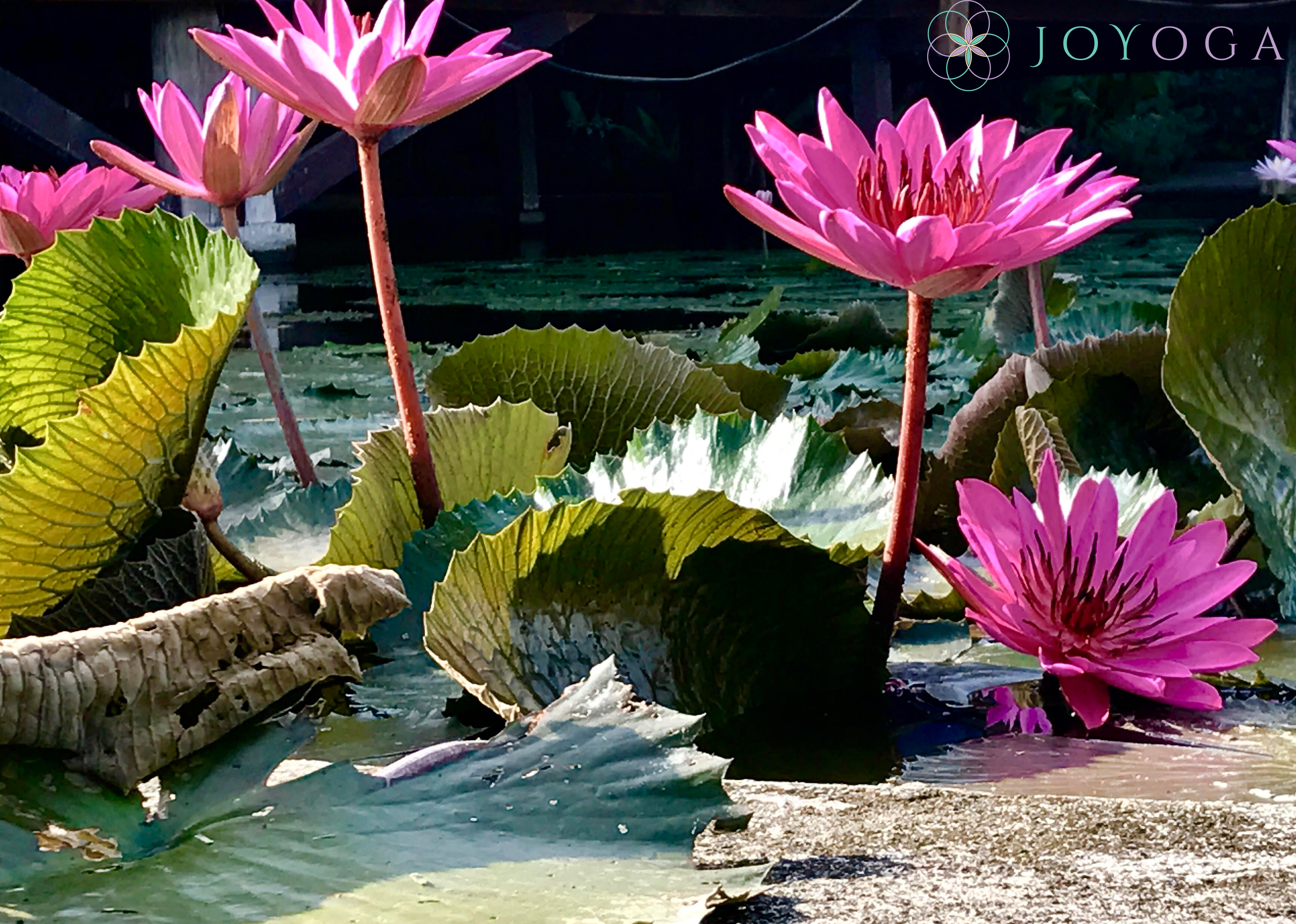

The theme of this week’s classes is PROGRESS, the act or process of getting nearer to a place or space where we would want to be.
Where there is movement (and as long as we breathe there is) there is progress. Always. In every single moment of our life. That is the nature of life. This always involves, in one way or another, growth and continuous development.
The opposite of progress is stagnation. I’ve briefly mentioned this here: Sometimes things seem mundane or even as they have come to a halt. Our life, our yoga practice or a specific situation may leave us thinking they are stagnating, yet that can’t be true. Remember, as long as we breathe there is always progress – whether that’s prana moving through your body, your body recreating cells, your thought patterns evolving or your life circumstances changing.
Of course, this may not always be obvious to our little monkey mind, which doesn’t believe what it can’t see, touch or hear. However, if we open ourselves up to something greater than that, we realise that every experience that we have contains purpose and meaning.
It becomes possible for you to trust that everything that is meant to come your way will arrive in due time, that you will be with the right people at the right moment, and that divine guidance flows into your soul.
– Caroline Myss in Sacred Contracts
According to yoga philosophy, Avidya (not seeing clear) is the root of all suffering. Translated, it literally means incorrect comprehension. Apparently, we don’t see things as they really are (how could we possibly if our mind is running 95% of the show?) and are deceiving ourselves with the voice of the monkey mind mentioned above.
Further to that, Patanjali’s Yoga Sutra 1.31 defines nine obstacles that cause suffering (Dukha) to the human being. Here they are:
Well, this might have left me thinking at times: Holy f**** (you were thinking ‘fairy’, were you?), I made no progress in my spiritual practice whatsoever. However, then I remember my first yoga class. There is no nice way to put it: I hated it. Although I was young (like very young), my body and my mind were in pain.
I would be the one in the back corner of the room and my thoughts would go something like that:
Why am I even here? This is shit. She [the teacher] is weird and so is everyone else in the room. Only 40 more minutes, thank God. What will I have for dinner after? Uh, I know – I will cook a nice Stir-fry. Can’t wait, so hungry. Jeez, I could be cooking it already. What a waste of my time – I will so not come back, like ever.
Soon came Savasana (finally!) and the walk home and I got a glimpse of what a pain-free body, mind and life could feel like. And there I was, doing it all over again next Thursday in search for that glimpse.
Now, fair to say progress has been made.
The commitment to a consistent yoga practice will not only improve your physical posture and balance, more so it will teach you awareness, consciousness, humility and a sense of self and stillness. When we practise asanas, the physical postures of yoga, we’re using the body to understand and progress our internal and spiritual world.
As your confidence rises so will your standing poses; as your heart softens so will your backbends; as your perspective shifts so will your inversions.
No one ever (not to my knowledge anyway) stood in Headstand overnight. Whilst not wanting to promote this pose as a result of an advanced practice (because it is not), it is a good example for progress: Getting there seems impossible, you most certainly would have felt a lot of stagnation along the way and then suddenly – uh-oh – your legs are lifting up.
And here is the point: Everything beforehand led up to this point. You built up your posture, your alignment and your core strength. You calmed your mind and opened yourself up to different perspectives. It may have taken years, yet without your knowing things were always moving, always progressing. Nature will always have us move in the right direction.
I know, the Lotus flower story is an oldie, but it does offer a beautiful analogy:
The lotus flower emerges from the dirt and mud of the bottom of the pond, rising above all desires and attachments. This progress may be dark and difficult; however any intervention or disruption of this natural process would disturb the growth upward in the direction of light, beauty and purity. The lotus, therefore, symbolises the journey from darkness to light.
This is progress.
As always, I hope it goes well for you this week. Please get in touch if you have any questions.